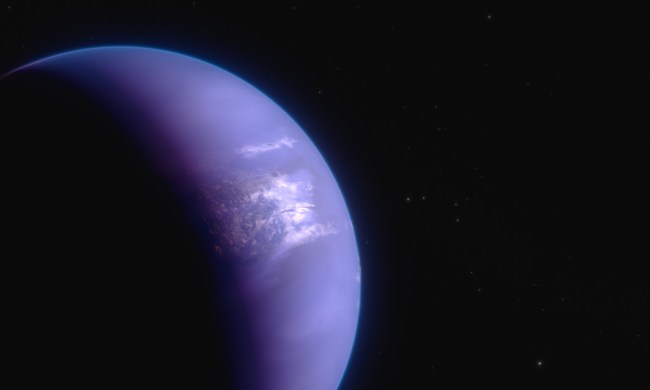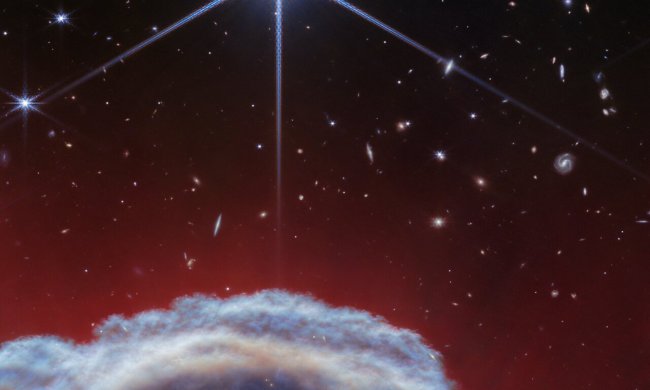One of the big open questions about Earth and how life formed here is where the planet’s water came from. Water is essential to life as we know it, but many scientists think that water did not originally form on Earth — rather, it may have been carried here by asteroids. Recently, though, astronomers have discovered water vapor in the planet-forming region of a star, suggesting that future planets which form here might have access to water right from the start.
The study used the James Webb Space Telescope to look at star PDS 70, which is cooler and much younger than our sun. The star has two gas giant planets orbiting it, but it is also still forming planets and has two protoplanetary disks of dust and gas swirling around it. The inner disk, which is in a region comparable to the distance of the Earth from the sun, is where the water vapor was detected.

“We’ve seen water in other disks, but not so close in and in a system where planets are currently assembling. We couldn’t make this type of measurement before Webb,” said lead author Giulia Perotti of the Max Planck Institute for Astronomy (MPIA) in a statement.
“This discovery is extremely exciting, as it probes the region where rocky planets similar to Earth typically form,” said co-author Thomas Henning, director of the MPIA.
Scientists are interested in where this water came from and how it was able to survive the turbulent environment close to the star. The young star gives off ultraviolet light, which usually destroys water molecules. In this case, the water vapor was among dust and other material which may have protected the water molecules and acted like a shield.
This means that planets forming in this inner disk would have access to water from the start. The researchers also saw the building blocks for planets such as silicates in the inner ring, so there could one day be Earth-like worlds formed there.
“We find a relatively high amount of small dust grains. Combined with our detection of water vapor, the inner disk is a very exciting place,” said co-author Rens Waters of Radboud University in The Netherlands.
The research is published in the journal Nature.



